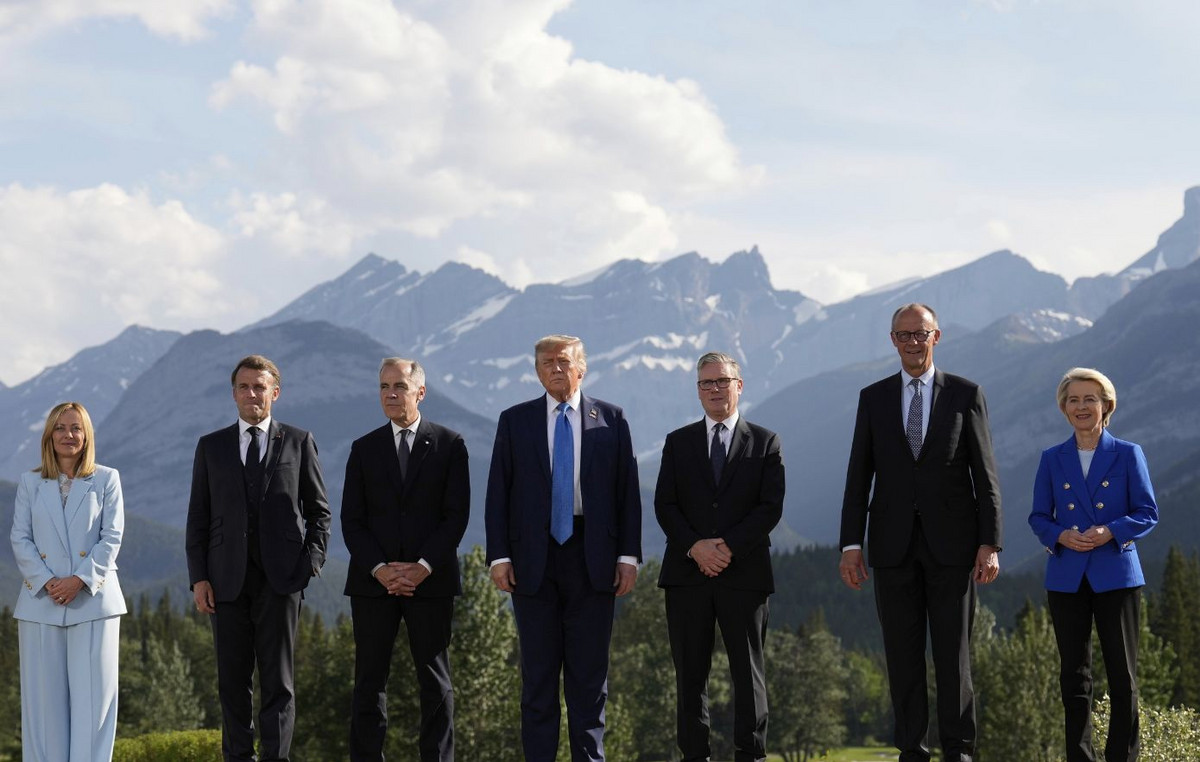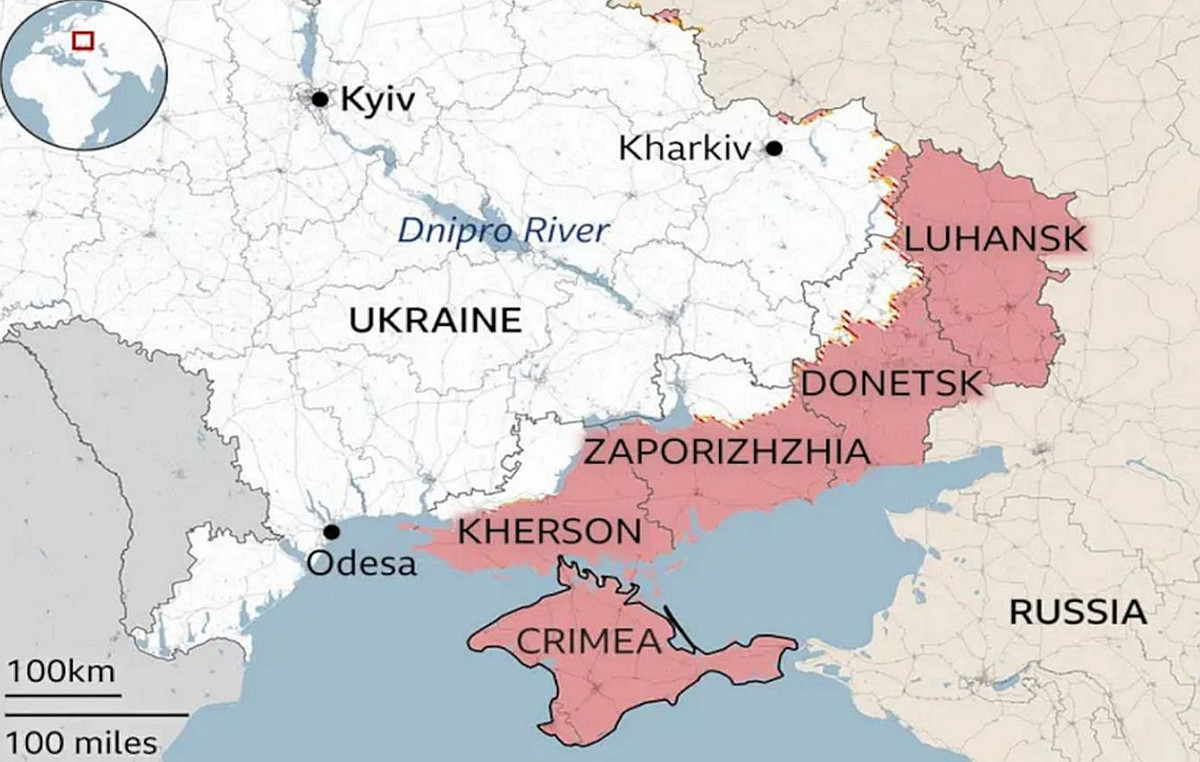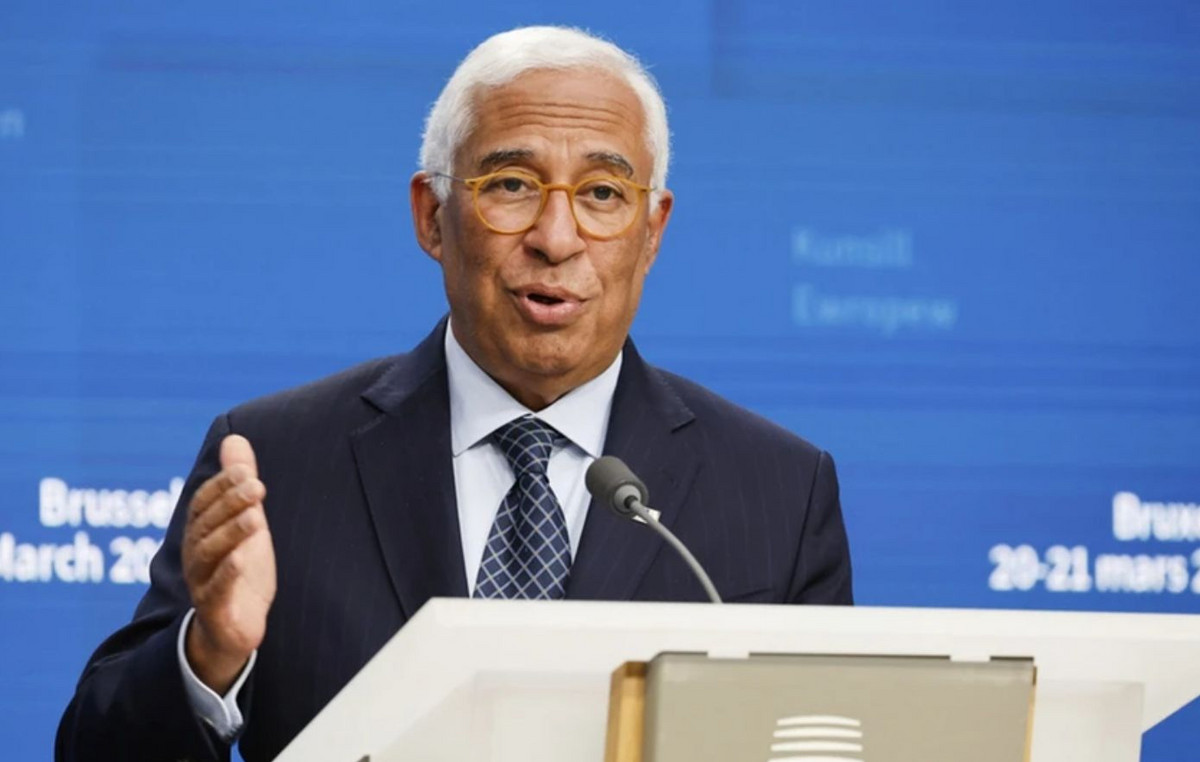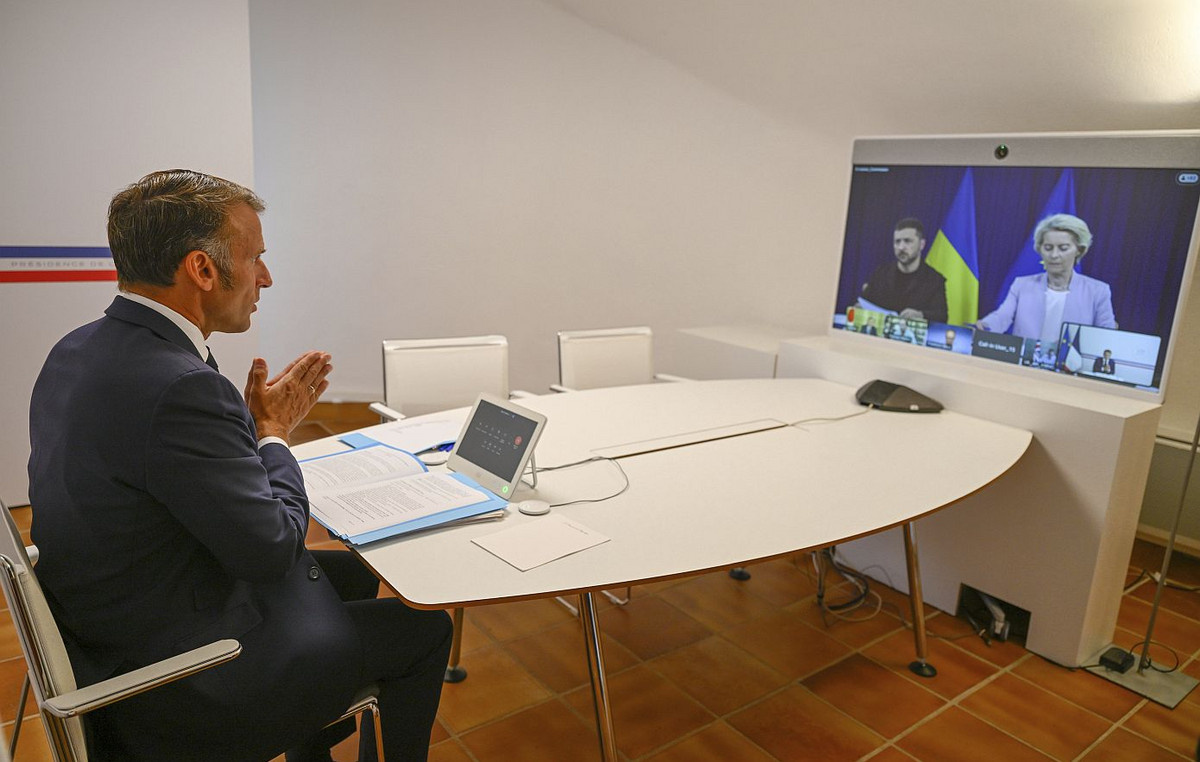Hundreds of thousands of Palestinians have descended on the southern Gaza Strip as a potential Israeli ground operation looms. But where they will go next, no one knows.
The coastal enclave is blockaded by land, air and sea by Israel, which declared war on Hamas following a terrorist attack on October 7 that killed at least 1,400 people. Israel also cut off the supply of water, electricity, food and fuel, leaving the impoverished territory’s 2 million inhabitants destitute.
A border crossing with Egypt in the south has been touted as the last hope for Gazans to escape as Israeli bombs fall, and many Palestinians have begun heading in that direction.
This crossing at Rafah, however, is closed. Here’s what we know about it.
What is the situation in Rafah now?
The crossing is currently closed and humanitarian aid is unable to enter Gaza.
The United States has been pressing Egypt to establish a humanitarian corridor for civilians in Gaza as well as foreigners. Egypt has said it will not allow refugees to invade its territory and has instead insisted that Israel allow it to deliver aid to Gazans.
Opening the border can be a complicated issue given the number of parties involved. It would require the approval of Egypt and Hamas, which directly control the crossing, as well as the approval of Israel, which has been bombing Gaza, including the vicinity of Rafah. Egypt has demanded guarantees that Israel will not bomb humanitarian aid convoys.
Several airstrikes have been reported around the Rafah crossing since the start of the war, including one on Tuesday (16). Asked about the bombing, Israel Defense Forces (IDF) spokesman Lt. Col. Richard Hecht said on Tuesday: “When we see Hamas targets moving, we will take care of it.”
Dozens of trucks are on the Egyptian side of the crossing waiting to enter Gaza. Egypt said there had been no progress in efforts to open it and Israel denied there were any agreements to open it.
Why is the crossing so important right now?
Located in northern Sinai, Egypt, the Rafah crossing is the only border crossing between Gaza and Egypt. It sits along a 12.8-kilometer fence that separates Gaza from the Sinai desert.
Gaza has changed hands several times over the past 70 years. It fell under Egyptian control in the 1948 Arab-Israeli war and was captured by Israel in the 1967 war, after which Israel began settling Jews there and significantly restricted the movement of its Palestinian residents. In 2005, Israel withdrew its troops and settlers from the territory and, two years later, the strip was taken over by Hamas.

Since then, Egypt and Israel have imposed strict controls on their respective borders with the territory and Israel further blocks it, restricting sea or air travel. Israel surrounded the territory with a heavily fortified border fence.
Before the war that began this month, Israel had two crossings with Gaza: Erez, which is for the movement of people, and Kerem Shalom, for goods. Both were heavily restricted and have been closed since the start of the war.
This left the Rafah crossing, with Egypt, as the territory’s only gateway to the outside world.
According to United Nations data, an average of 27,000 people crossed the border every month until July this year. The border was open for 138 days and closed for 74 of this year until that month.
Closures often depend on the political and security situation on the ground. Although Israel does not have direct control over the crossing, closures in Egypt often coincide with Israel’s own tightening of restrictions on Gaza.
How has access to the Rafah Pass changed over time?
Israel and Egypt signed a peace treaty in 1982, which saw the Jewish state withdraw from the Sinai Peninsula, which it had captured from Egypt in 1967.
Israel then opened the Rafah crossing, which it controlled until it withdrew from Gaza in 2005. Between 2005 and the takeover of Gaza by Hamas in 2007, the crossing was controlled by the European Union, which worked closely with the Egyptian authorities.

Between 2005 and 2007, around 450,000 people used the crossing, with an average of around 1,500 individuals per day.
After Hamas took power, Egypt and Israel significantly tightened restrictions on the movement of goods and people within and outside the territory. But in 2008, militants blew up fortifications on the Egyptian border near Rafah, prompting at least 50,000 Gazans to flood into Egypt to buy food, fuel and other goods.
Shortly afterwards, Egypt sealed its barrier with barbed wire and metal barricades.
Since then, the Rafah crossing has been strictly controlled, with limited access and lengthy bureaucratic and security processes required of Palestinians wishing to cross into Egypt.
What is it normally like to cross the Rafah border?
Movement through Rafah on normal days is extremely limited: only Gazans with permits, as well as foreign citizens, can use it to travel between Gaza and Egypt.
Gazans wanting to cross the border often face long waits. Jason Shawa, a Palestinian-American from Seattle who lives in Gaza, says the process took at least 30 days, but the wait time could be up to three months.
Travelers require an exit permit from Hamas and an entry permit from Egypt, he said. The process requires him to present his documents to a Hamas government office to obtain authorization to leave the territory. A few days later, he would receive a text telling him what day he could leave, which could be up to three months later.
On the day of departure, a bus would take travelers from the Palestinian side of the border to the Egyptian side, where they would wait for hours for Egyptian authorities to receive and process their visa applications. Many travelers are turned away there and turned back, Shawa said, adding that Palestinians are regularly mistreated there.

Why is Egypt reluctant to open the crossing to Gazans?
Egypt, which already hosts millions of immigrants, is worried about the prospect of hundreds of thousands of Palestinian refugees crossing into its territory. More than 2 million Palestinians live in Gaza.
Egyptian President Abdel Fattah el-Sisi said last week that his country is trying to help — within limits.
“Of course, we sympathize. But be careful, although we sympathize, we must always use our mind to achieve peace and security in a way that does not cost us much,” he said.
Many were also angered by the idea of once again turning Gaza’s population into refugees by displacing them from Gaza. Most of Gaza’s inhabitants are registered by the UN as refugees, whose ancestors came from areas that are now part of Israel.
Egypt has appealed to Israel to allow humanitarian aid to enter through Rafah, but has not yet yielded to US calls to establish a safe corridor for civilians within Egyptian territory.
*With information from Nadeen Ebrahim, from CNN.
Source: CNN Brasil
Bruce Belcher is a seasoned author with over 5 years of experience in world news. He writes for online news websites and provides in-depth analysis on the world stock market. Bruce is known for his insightful perspectives and commitment to keeping the public informed.







